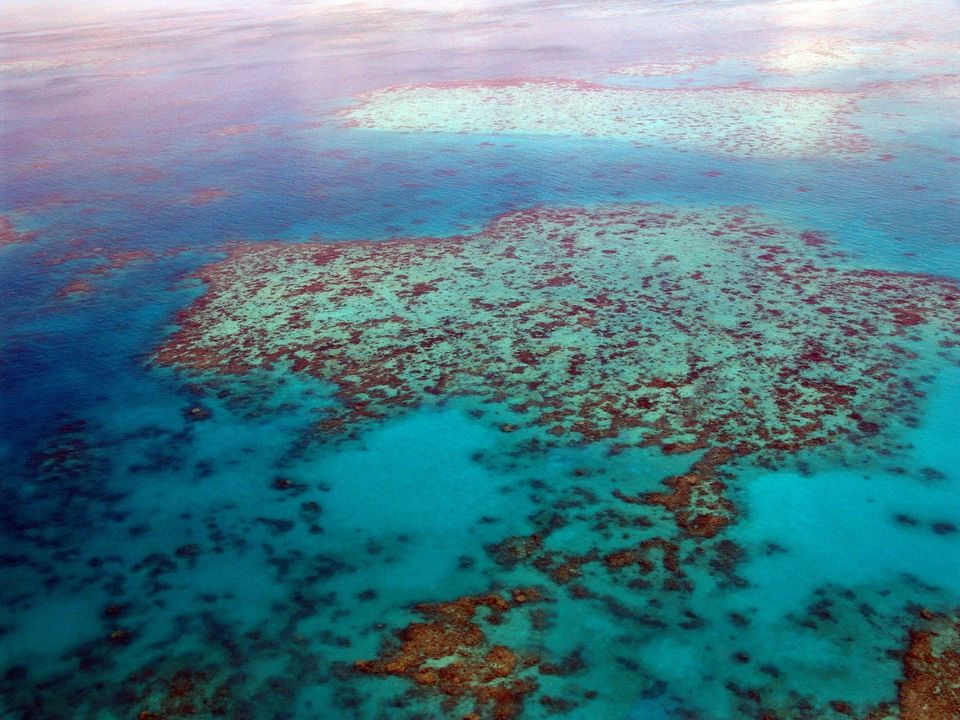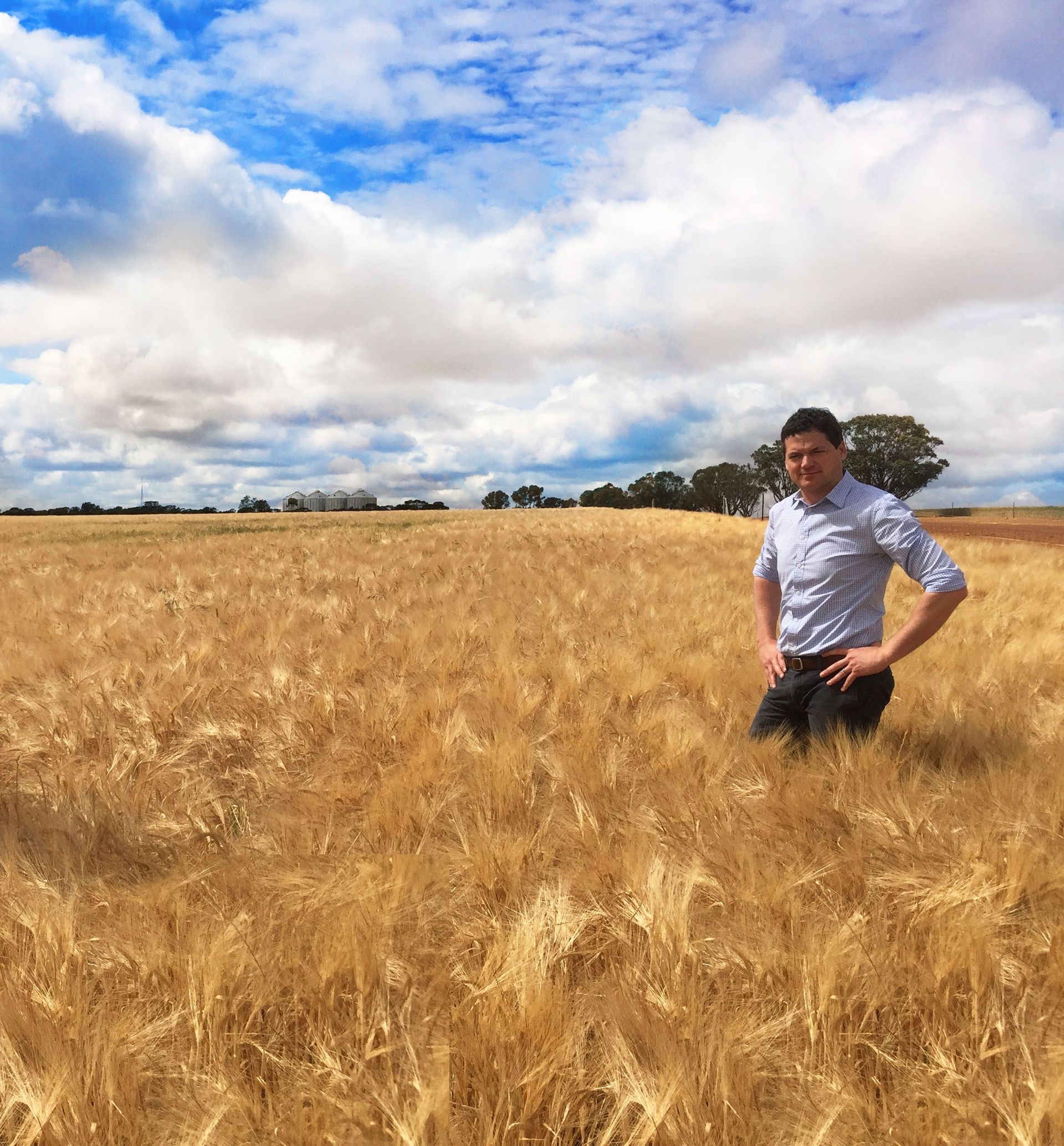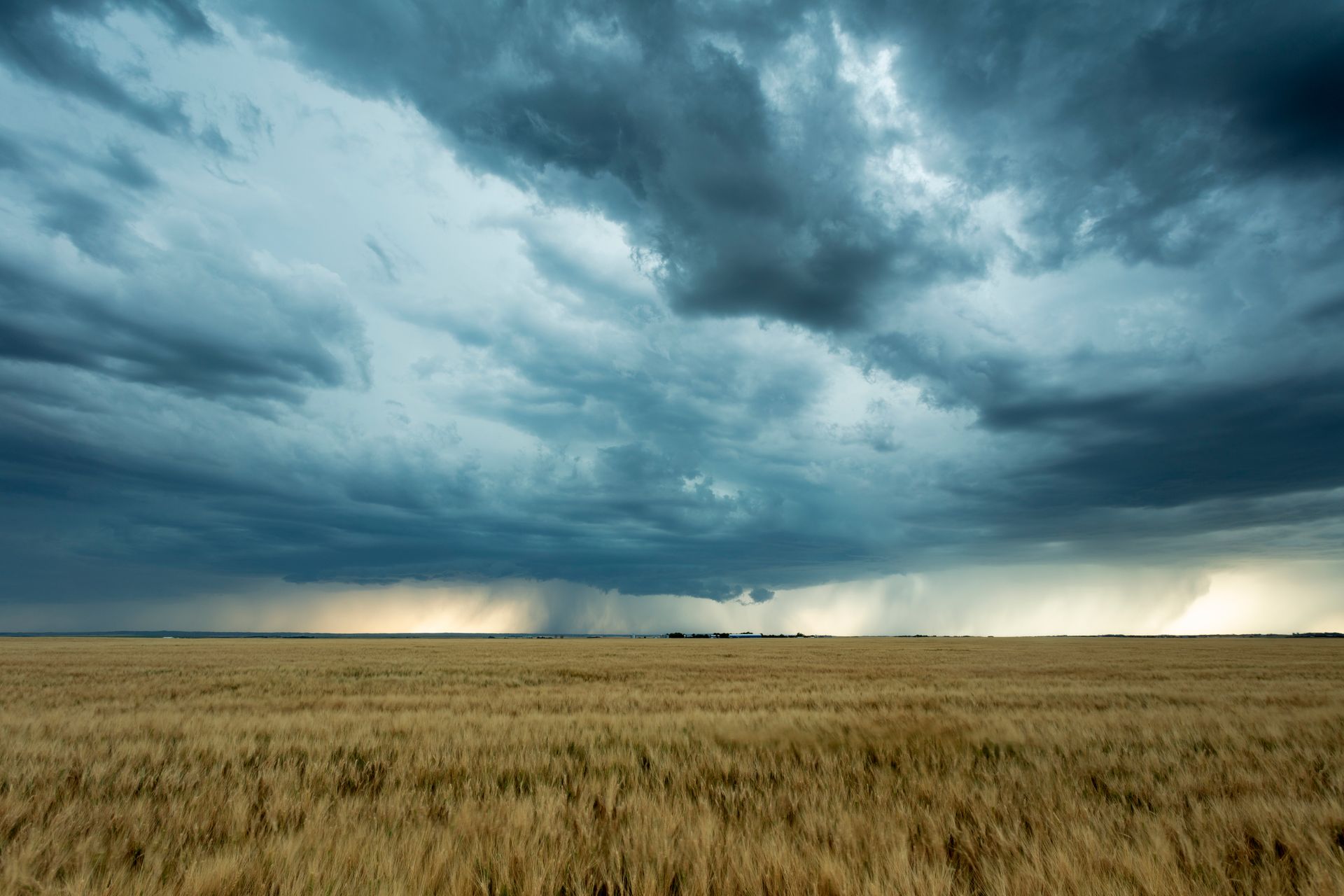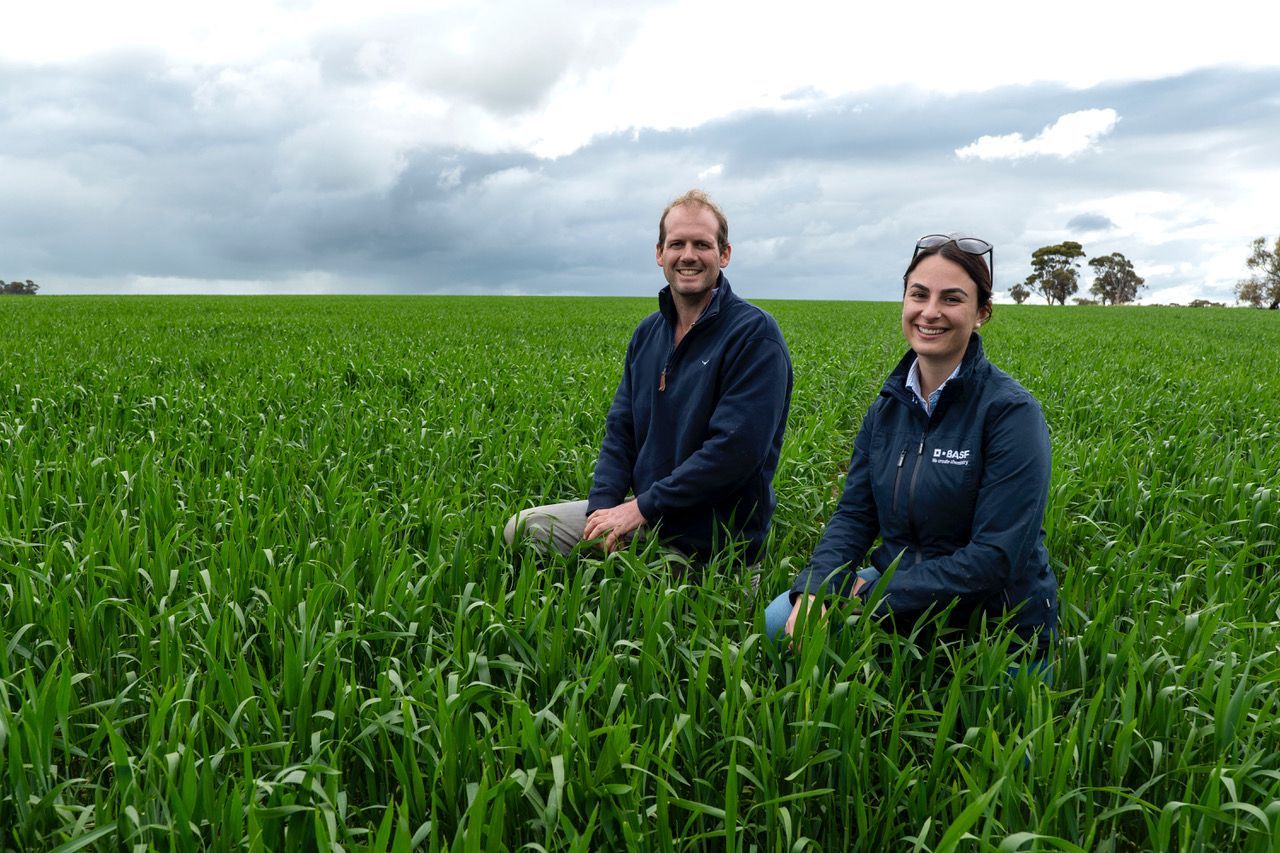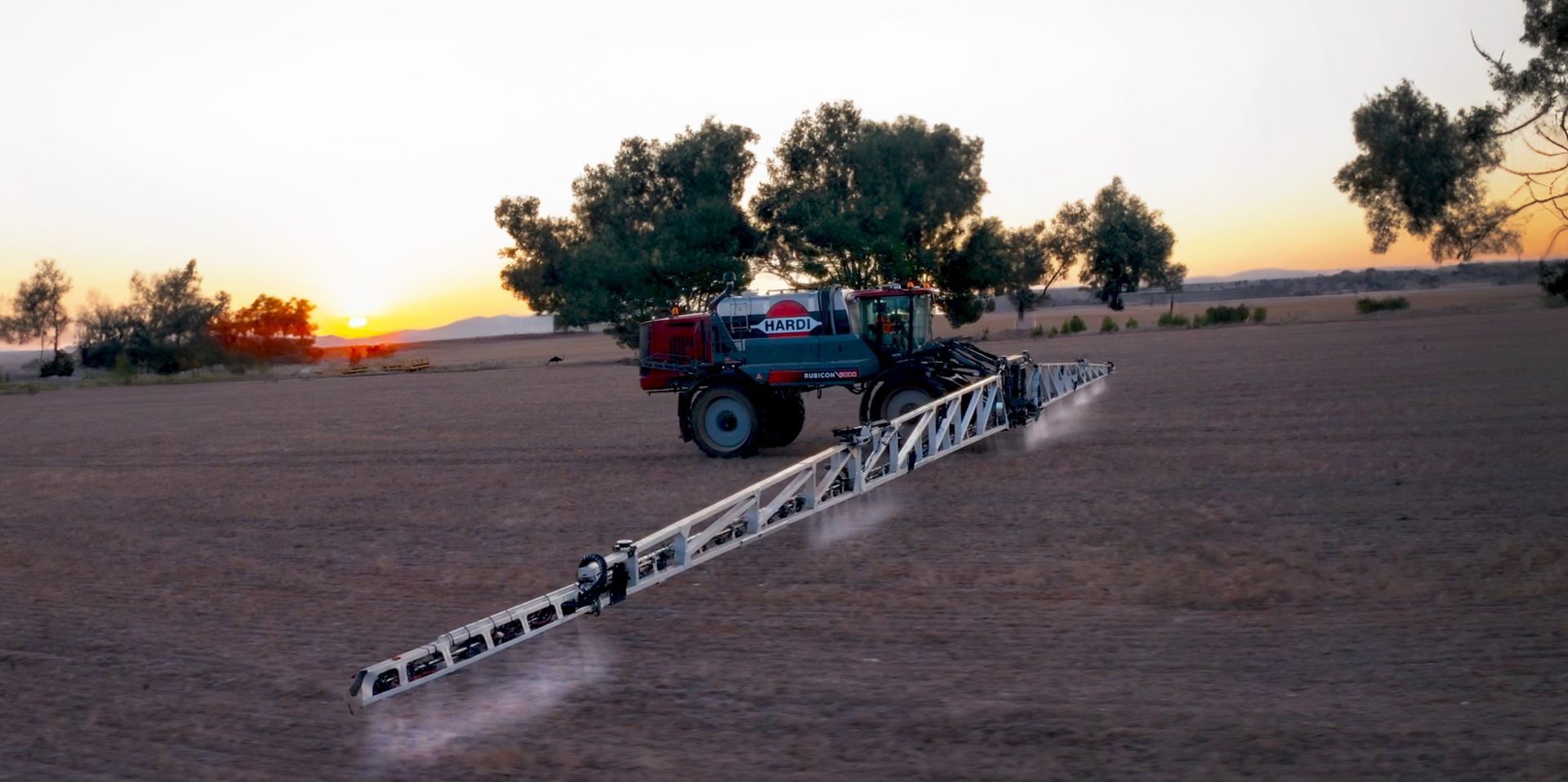CSIRO, sugarcane farmers protecting Great Barrier Reef
New platform gives real-time nitrogen runoff information
A new CSIRO-created platform, 1622WQ , allows sugarcane farmers in Far North Queensland to manage fertiliser use and reduce nitrogen runoff into the Great Barrier Reef.
The online platform has been optimised for mobile screens, making it much more practical for sugarcane farmers in the field, according to Tony Webster, research agronomist with CSIRO Agriculture and Food.
Webster notes, “The platform provides real-time information to farmers which was previously only available four times a year.”
CSIRO Chief Scientist, Dr Cathy Foley, said “solving complex challenges like protecting the Great Barrier Reef require deep innovation, but it’s also important that the end result is a simple and intuitive product like this platform.”
“We’ve paired our deep domain expertise in agriculture with digital technology to provide a solution for farmers who want to remain efficient and competitive while also reducing their impact on the environment,” she explained.
The free platform uses high-frequency nitrate sensors and high-density rain gauges positioned in selected coastal catchments to collect data on nitrogen concentration and rainfall variability.
This helps farmers relate their management practices to water quality in local waterways.
According to the Australian Institute of Marine Science , land runoff causes build-up of containments which smother and weaken coral and other organisms, as well as reducing light for coral and seagrass photosynthesis.
The platform was co-designed with farmers to meet their needs according to CSIRO agricultural scientist and 1622WQ project leader Dr Peter Thorburn.
“Sugarcane growers told us they wanted quick and easy access to water quality information so they could find out what’s going on with their crops and make better decisions,” he said.
Sugarcane grower and Chairman of Canegrowers in the Cairns Region, Stephen Calcagno, said “this will be a great tool for farmers to see the impact of their farm management and help them improve their practises and the environment.”
Whilst the platform is best suited for nitrate and sediment sensors, farmers can test its compatibility against other sensors.
Webster said further developments will be made to the platform with the incorporation of Artificial Intelligence (AI) which will flag and fill data imputations.
Additional platforms will join the 1622 series, including 1622WhatIf and 1622Crop, which will help farmers evaluate the risks and benefits of changing nitrogen fertiliser applications and help farmers use less nitrogen-based fertiliser without affecting their profits.
The name 1622 comes from the height of Queensland’s tallest mountain, Mount Bartle Frere.
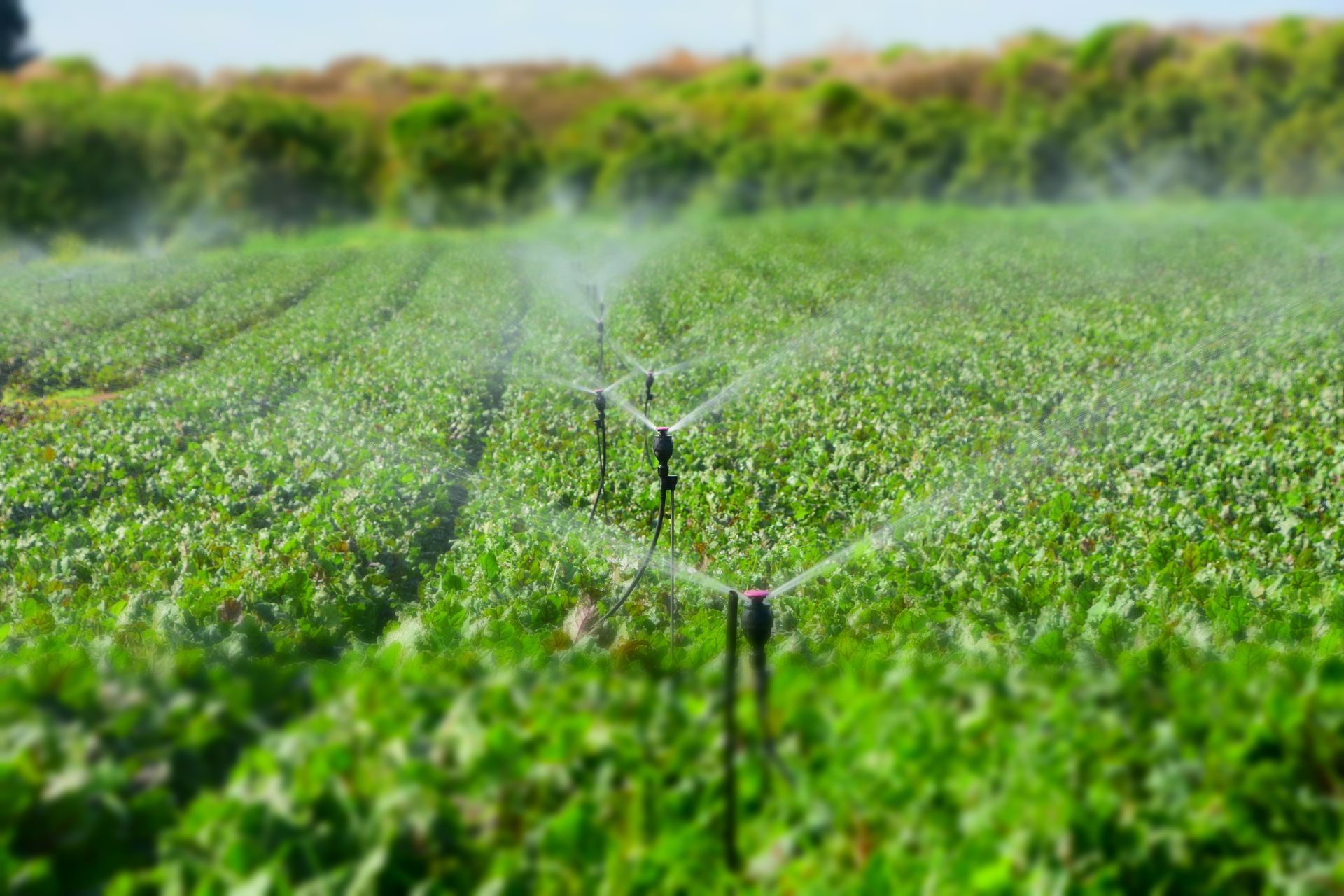
A selection of The Australian Farmer Sponsors - Click on a banner below to find out more...

